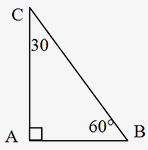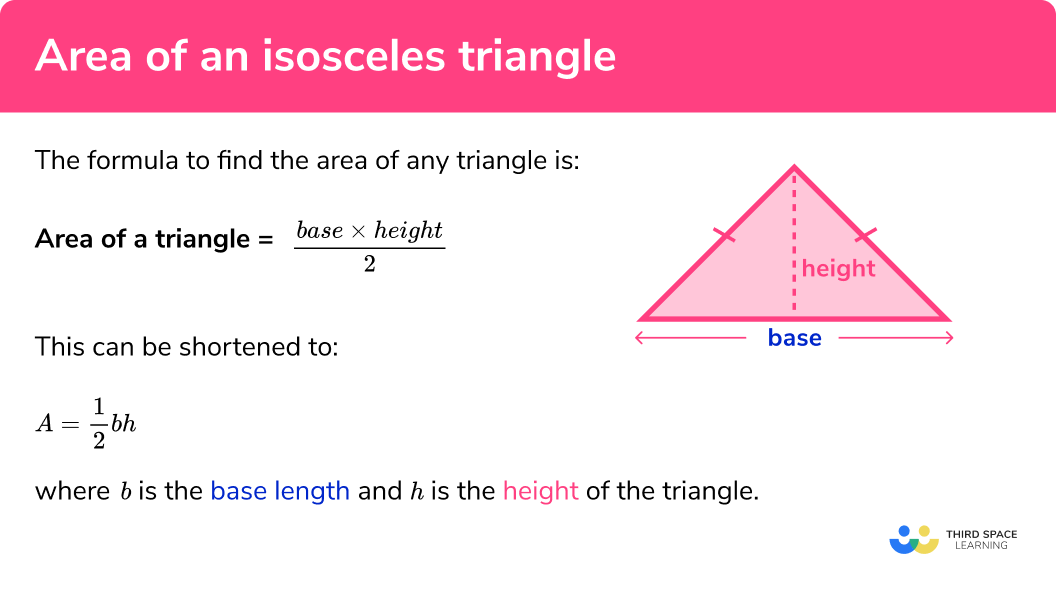

Where ‘a’ is the length of each side of the triangle. The area of any triangle can be found using the formula – Area = ½ x base x heightįor an Equilateral triangle we sometimes use the formula given below to calculate the area quickly: (Note that in an Equilateral triangle, all sides and angles are equal) Area Property | (with Geometry Practice Questions) Since it can be a scalene triangle or an isosceles triangle, the value of the other two angles will depend on what kind of triangle it is. Note: A right-angled triangle has one of its angles as 90º. In an equilateral triangle where all sides are equal, all angles are equal to 60º.In an isosceles triangle where two sides are equal, the angles opposite to the equal sides are equal.In a scalene triangle where none of the sides are equal, no two angles are equal.All the angles of an equilateral triangle are equalĬan you notice the relation between the sides and the angles?.The two angles opposite the two equal sides of an isosceles triangle are equal.None of the angles of a scalene triangle is equal.It depends on whether the lengths of the perpendicular and the base are equal.Ĭan you tell why can’t a right-angled triangle be an equilateral triangle? 2. Note : A right-angled triangle can be a scalene triangle or an isosceles triangle. All the sides of an equilateral triangle are equal.Any two sides of an isosceles triangle are equal.None of the sides of a scalene triangle is equal.Let us walk you through the content of the table one by one and look at the subtle differences that should be kept in mind while solving any GMAT geometry problems on triangles.

According to Pythagoras Theorem, c²= a² + b², where c is the largest side/hypotenuse.The perpendicular from any vertex divides the opposite side into 2 equal halves.The perpendicular drawn to the unequal side divides it into two equal parts.Where ‘a’ is the length of a side of the triangle

#Properties of isosceles triangles deltamath free#
Then we will apply the learnings to two GMAT like questions.įeel free to write to us at in case you have any query. With the above knowledge in mind, let us now look at the different types of triangles and how their properties differ from one another.



 0 kommentar(er)
0 kommentar(er)
